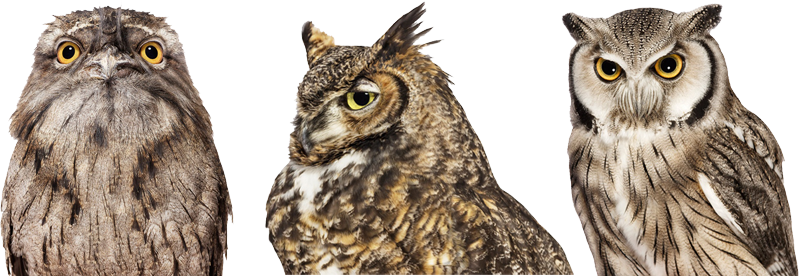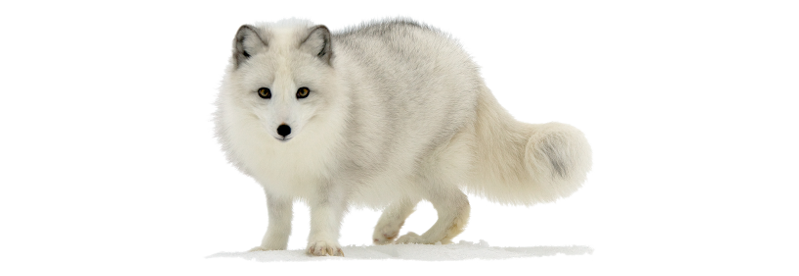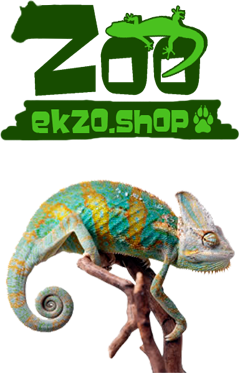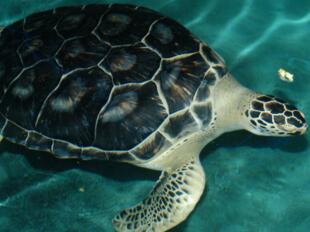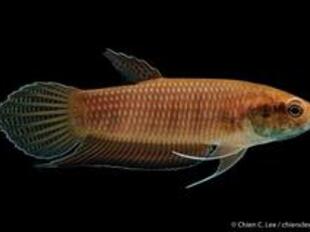Appearance
The breasted geese have prominent areas of black coloration. They can be distinguished from all other true geese by their legs and feet, which are black or very dark grey. Furthermore, they have black bills and large areas of black on the head and neck, with white (ochre in one species) markings that can be used to tell apart most species. As with most geese, their undertail and uppertail coverts are white.
The length of the breasted geese is up to 60 cm, they weigh up to 8 kg.
Distribution
These geese occur in the northern coastal regions of the Palearctic and all over North America, migrating to more southerly coasts in winter, and as resident birds in the Hawaiian Islands. Alone in the Southern Hemisphere, a self-sustaining feral population derived from introduced birds of one species is also found in New Zealand.
Diet
The breasted geese are mainly herbivorous, feeding on grasses, mosses and lichens, as well as aquatic vegetation at the places they are bred on.
Behavior
Geese are social birds and they must have a lot of space and a lot of companions. They need a lot of space for walking, as well as a lot of water for drinking.
The breasted goose has strong wings which let them fly quickly. They fly in a compact herd or oblique line, sometimes in a well-open V-formation. During migration, they fly low over the water.
Reproduction
Breasted geese breed once a year in the best period with good weather conditions. The pair usually travel together to breeding grounds and stay together for life.
They nest in colonies, and this behavior has primarily a protective function against predation by bears, foxes, and gulls. The nest is a shallow depression, usually located at an elevation of on the ground, it is lined with plant material and down.
Egg laying usually occurs in mid-June. Three to five eggs are incubated by the female for 24-26 days. The male is always near the nest. Like other species of geese, the parents stay with their young during the winter and until the spring migration the following year. Sexual maturity of the breasted geese is reached at the age of two or three years.
In natural conditions, breasted geese live up to 25 years, in contrast to life in captivity, where lifespan varies from 23 to 30 years, depending on the conditions of detention and nutrition.
In captivity
Breasted geese adapt well to life in captivity. Their diet should be as diverse as possible. It must necessarily include vegetable and fruit crops, as well as plant food in large quantities. Sprouted grain will be very useful for young birds. As a top dressing, you can safely add compound feed and a variety of pellets designed for birds floating on water.
These birds breed well in captivity. They get along well in the aviary with other waterfowl, such as ducks and swans. The main thing is that in the aviary these geese have constant access to water. It is desirable that the reservoir occupies at least 20% of the area of the dwelling. Waterfowl easily survive at frosty weather and do not need closed pens, but a canopy in the aviary is necessary.
During the mating season, the pair is placed in a separate enclosure, as the male becomes aggressive.
 Russian
Russian
 English
English







